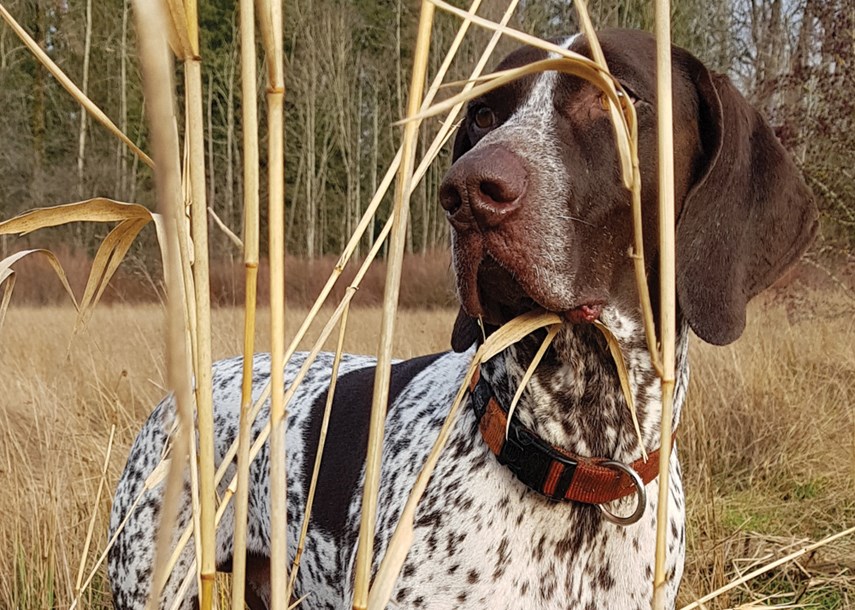Over the last few weeks I have been discussing the essential components of raising and training a dog to be a social, welcomed and well-mannered canine member of society.
The first step, socialization, is the foundation all the other elements are built upon. A poorly socialized dog will be challenging to train, difficult to bring to public settings and can develop behavioural problems.
The next step is developing a solid relationship through fun activities. This can be as simple as taking a dog for a daily walk and staying off your cellphone.
We also learned that obedience commands help establish the role of leadership by teaching an owner how to use learned obedience commands to set respectful boundaries of behaviour. These boundaries actually give a dog more freedom rather than less.
Finally, teaching your dog to look at you on command not only assists with your obedience training, it is one of those commands that can help keep your dog safe.
If you can get your dog to look at you, rather than everything else around you can teach it to ignore those pesky squirrels along the walk.
If you have a reactive dog, you can use a focus command to help desensitize it.
It is also an essential tool in the socialization process when teaching a dog impulse control. The goal of the focus command is to not just have a dog glance in your direction when asked, but to give you full attention through eye contact, ignoring everything but you and ... relax!
To start teaching the focus command you need four things. The first is your dog. The second is a leash ... yes, your dog needs to be leashed because you need to be able to control your dog’s physical movements by not allowing your pup to run off and, well . . . ignore you! The third thing is some really yummy treats. I usually suggest home baked liver.
And fourth, you will need patience.
To start, leash your dog and step on the leash so your hands are free. Take a piece of liver and wave it under your dog’s nose.
Do not give it to them, but simply tempt them with the tasty morsel. You will see your dog’s eyes light up!
With your dog focused on the liver, stand in front of your dog and slowly bring that piece of liver up to the tip of your nose and say the words: “Watch me,” or “focus.”
When your dog looks at your fingers holding the liver at your nose, immediately mark the behaviour with the word “Yes!” and immediately give a treat.
But make sure your dog is calm ... do not reward an impatient dog!
After three or four repetitions your dog will begin to get the hang of the game. This is when you can start to expect more from
your dog.
Begin the exercise exactly the same way but this time, after luring your dog’s attention up to your face, say your “focus” command ... then just wait!
If you wait a few seconds and closely watch your dog’s eyes, you will see their eyes shift slightly from the treat at your nose, up to your eyes. Watch carefully as it happens very quickly.
When the shift occurs, immediately mark the behaviour with a “Yes!” and give the treat quickly.
Timing is everything so be quick but still make sure your dog is calm.
Repeat this five or six times, each time waiting for your dog to look at your eyes instead of the treat.
With the final step, have the treat in your hand, behind your back or at your navel in a fist. With the opposite hand, touch your nose the same way as if you had the treat in that hand and say: “Watch me.”
When your dog looks at you, mark the behaviour with “yes!” and quickly give the treat.
After your dog is able to look at you on command in low-distraction areas such as your home, begin to practise in places with a little bit more activity, such as along your street, in your driveway, or at the edge of a quiet park.
The more you practise the better your dog will get and the greater the level of distractions you can introduce.
You can even try tossing your dog’s favourite toy on the floor and asking your dog to look at you first before they go get it.
Use your imagination, but always remember to set realistic goals so that your dog is successful!
Joan Klucha has been working with dogs for more than 20 years in obedience, tracking and behavioural rehabilitation. Contact her at k9kinship@gmail.com.



